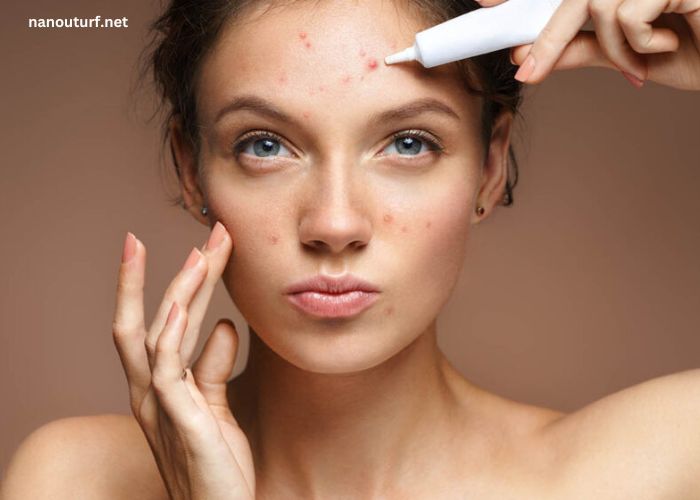The Clearskinstudy Email Info: Exploring Effective Solutions For Acne Treatment

Acne is a prevalent skin condition that impacts millions of people globally. For many, it’s not only a physical problem but an emotional one too. There are so many different treatment choices to consider, it can be hard to decide which one is best. Fortunately, science has developed better solutions since then. One such initiative is laying the groundwork for clearer skin is the Clearskin Study. In this article, we will discuss the study’s goals, methods, and findings, revealing a glimpse into the possible future of acne treatment.
The Growing Epidemic
While acne is most commonly associated with adolescence, anyone can be prone to the condition. An estimated 85% of individuals ages 12 to 24 will have some type of acne. In fact, even outside this demographic, acne can continue into adulthood. Acne leaves a mark not just on the skin, but also on the soul, as it can cause low self-esteem, anxiety, and, in some cases, depression. This demand continues to grow, but people are not only looking for effective treatments but rather treatments that can also treat the emotional side effects.
The Clearskin Study: A Beacon Of Hope
The clearskinstudy email info is a clinical study designed to compare the effectiveness of different acne treatments, including topical creams, oral medications, and more advanced therapies like light or laser treatments. The research is aimed at generating data-driven understanding of which treatments are most successful at controlling and clearing acne, say the treatments that have longterm health impacts for skin.
The Clearskin Study aims to provide a new ray of hope to people who have battled acne for years. Many conventional treatments, from over-the-counter creams to prescription medications, often also carry unwanted side effects, including dryness, irritation and even scarring. The Clearskin Study aims to determine the safest, most effective ways to treat acne with as few adverse reactions as possible by comparing several different treatment options.
Study Methods and Design
Builds on a rigorous scientific design to provide reliable and valid findings. Usually, study participants are divided into separate groups, which each receive a distinct treatment regimen. These regimens can include:
Topical Treatments: These are topical (cream/gels to apply to the skin). They can include acne-fighting active ingredients like retinoids, benzoyl peroxide or salicylic acid.
Oral Medicines: In extreme cases, participants can get oral medicines, including antibiotics or hormonal treatments, which help reduce the bacteria that triggers acne or control hormonal changes that trigger acne.
Light or Laser Therapies: Newer techniques like blue light therapy or laser treatments, are often experimented with to see if they can target the bacteria responsible for causing acne and minimize inflammation while leaving the skin undamaged.
These treatment groups are followed for a defined period of time of weeks to months and offer short- and long-term outcome data. These benefits now provide studies demonstrating efficacy in acne reduction, skin massaging, and skin health. Participants are also asked to document any side effects or discomfort linked to the treatments.
Results and Findings
Of course individual results will vary, but the Clearskin Study has shown promise for several things: The initial findings show that some treatments, especially those that blend topical medications with advanced therapies, such as laser treatments, lead to improvements in the severity of acne and the health of the skin.
For instance, some participants who had laser therapy along with topical treatments said they had less acne and less post-inflammatory hyperpigmentation (the dark spots that linger after acne heals). Moreover, it has been revealed that laser treatment helps in lowering the size of sebaceous glands, that are the major contributors to the formation of acne.
Topical medications, particularly those with retinoids, can also help to minimize the number of breakouts and improve skin texture over time. In general, however, it’s worth noting that treatments like these can take weeks — or sometimes months — to begin to reveal results.
Pills, particularly antibiotics and hormonal therapies, remain a mainstay in treating more serious cases of acne. But these treatments can also lead to undesirable effects, including gastrointestinal and hormonal side effects. Consequently, the Clearskin Study highlights the need for specific treatment plans tailored to individual patient needs.
The Future of Acne Treatment
As more data are collected through the emails info clearskinstudy, the researchers hope to identify tailored, molecular-level strategies for treating acne. One of the main cautionary notes from the study is the need for personalized care. The effectiveness of acne treatments can vary from patient to patient depending on a range of factors from skin type to diet to age to lifestyle.
Treatments could eventually become even more tailored, with the help of advanced technologies like genetic testing, which can help doctors understand which treatments are most likely to be effective for a given person. And, as new therapies continue to be developed, acne treatments will likely become less invasive, with less side effects and more rapid results.
What’s Next?
7232001 defined the Clearskin Study as a milestone in the search for efficient modalities for acne treatment. With this wide body of data on numerous therapies, it shows a promise for helping acne sufferers find solutions that work for them. Further studies and advances on the horizon, the outlook for acne therapy is bright, promising clearer skin and a better state of mind.